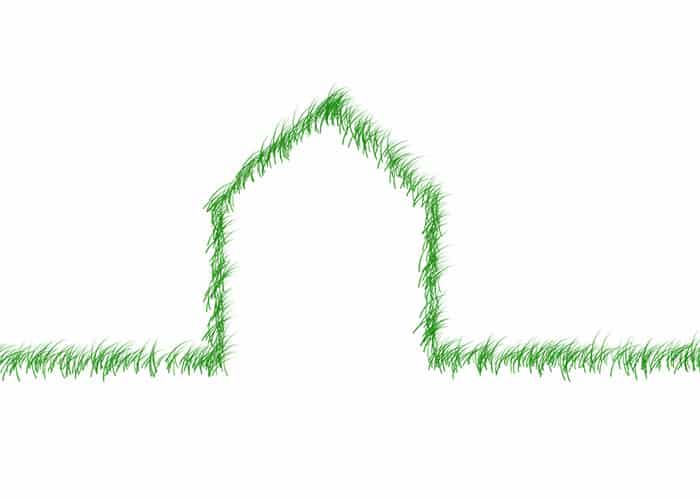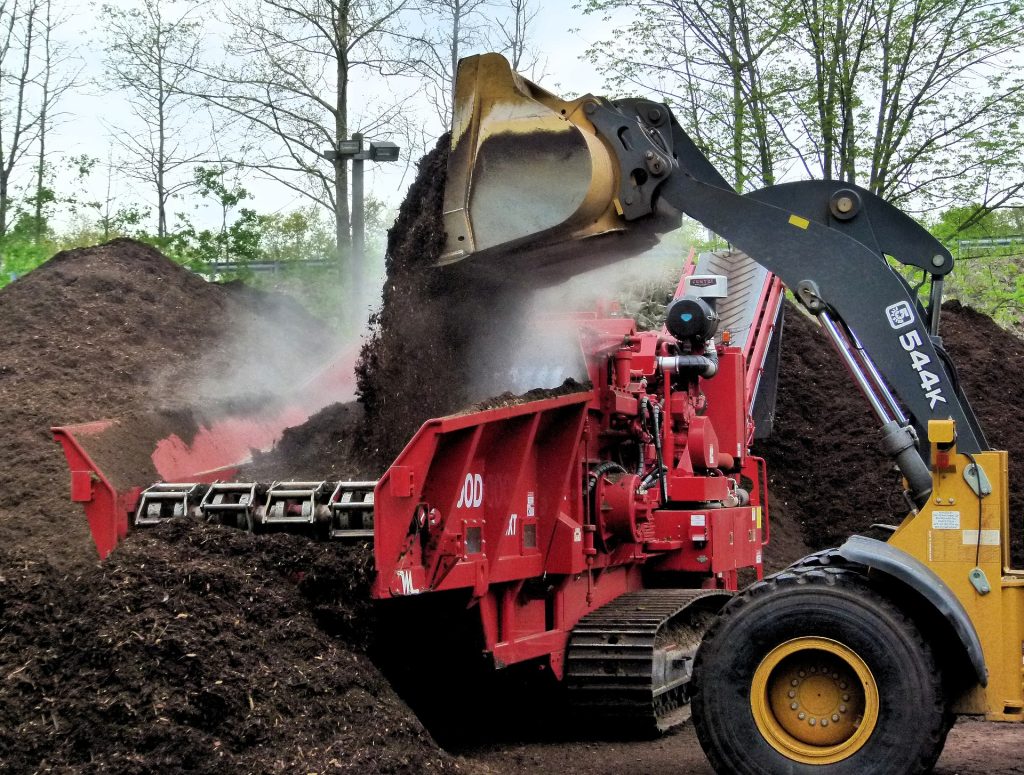Living in an independent house is no longer a utopia. After passive houses, positive energy houses are entering the construction market. Whether it is a zero energy house, a bioclimatic house, an HQE or home automation house, the objective remains the same. In addition to the ecological dimension of the project, the autonomous house allows you to save money on your gas and electricity bill. Discover all the specificities of this type of housing, its advantages and disadvantages as well as all the prices (price of an ecological house, amount of savings made, etc.).
Summary
Autonomous house: definition
An autonomous house (or zero energy house) is a dwelling freed from the national water, gas and electricity networks. It is an energy independent house, which allows you to save on your water and electricity bills.
The autonomous house was designed to produce the energy it needs itself. Like a passive house, it meets three essential criteria:
- bioclimatic house clean energy saving;
- quality of air, water and ecology such as an HEQ house;
- specific home automation such as home automation.
However, like all households, a self-contained house must use electricity, heat itself and produce domestic hot water. To do this, it draws on alternative solutions by using local energy production means. And this, in order to meet these needs.
On the same subject :
- Tips for saving electricity
- How to save water?
How it works ?
Techniques employed by an autonomous house
Generally, an autonomous house uses several recurring elements:
- significant interior and exterior insulation in the walls, floor, attic and roof;
- a wooden frame;
- windows with reinforced insulation;
- a solar heated floor;
- wood heating;
- collecting and filtering rainwater;
- the treatment of water by natural processes such as lagooning;
- an engine that runs on vegetable fuels;
- a wind turbine ;
- photovoltaic solar;
- green walls, walls or roof;
- good exposure of the house to make the most of solar gain;
- solar protection (shutters, blinds) to preserve summer comfort;
- dry toilets that will feed the compost.
Principle for heating
On the other hand, for heating, an autonomous house uses local energies as well as renewable energies. Thus, wood is the main resource, in a fireplace or a stove. In independent houses, there is most often a wood-burning stove or a hydro stove (also called a boiler) if the accommodation has a central heating circuit. This last mode of heating is inexpensive, ecological and entirely autonomous.
Note that thermal solar panels can also help heat the house and produce domestic hot water. The installation includes solar panels on the roof or on the ground on an inclined support as well as a large water tank.
In addition, combining solar and wood is a wise choice. You make the most of the solar resource and use wood when the sunshine is insufficient.
How does an autonomous house produce electricity?
How can a house be freed from the national electricity grid? By producing its own electricity. This generally involves the installation of a renewable energy system (photovoltaic, wind, hydraulic).
In regions where the wind is legion, wind turbines will be preferred. On the other hand, in sunny regions, autonomous houses will rather use solar power. As for the hydraulics, it requires a source of water near the accommodation. Note however that it is possible to combine several renewable sources because they are intermittent energies that do not all work at the same time.
On the other hand, there is also the solution of aerovoltaic panels that allow the production of electricity from the sun. They provide additional heating and can also cool a house on summer nights.
The advantages of the autonomous house
A self-contained house has several advantages:
- firstly, it offers complete freedom in the choice of systems and materials used;
- and it manages its energy consumption independently;
- then, with an autonomous house, you do not have to pay a gas or electricity subscription, which represents savings;
- always in the economy section, you will do a lot because an autonomous house only consumes 100 kWh/m² per year. As for the collected rainwater, it can then be used for the shower, the laundry, the washing of the car or to water the garden.
- it also makes it possible to relieve the national networks, which are sometimes overloaded;
- finally, by using renewable and ecological resources, you reduce the environmental impact of the house.
To know : the use of rainwater as drinking water, even filtered, remains prohibited in France.
The weak spots
However, a self-contained house has some disadvantages:
- first, you have to plan for a high initial investment, even if you subsequently spend little to operate the house;
- on the other hand, the network will not be able to take over if your equipment encounters a malfunction. Indeed, you are not connected;
- and the equipment also requires more maintenance and upkeep;
- finally, all systems require space inside the house (solar tank, stove, etc.) but also outside (solar panels, wind turbine, etc.).
The price of a self-contained house
The cost of building a self-contained house, like an ecological dwelling, is about 15% more expensive than a conventional house. However, this additional cost is amortized after 10 years. A way to capitalize on the future!
Count 120,000 euros for an autonomous house low coast of 120 m² and up to 360,000 euros for a top-of-the-range house with the same surface area.
But is it really relevant to research the price per m² of a self-contained house? Indeed, you should know that there are large price differences depending on several criteria: the region, the volume of the building, the annexes, the facilities in the immediate environment, the number of rooms, the layout of the premises …
For further
A self-contained house saves money. Indeed, an autonomous house of 100 m² consumes only 100 kWh/m² per year. Its heating needs are minimal, generally less than 15 kWh/m² per year. Therefore, the water and electricity bill does not exceed 500 euros per year.
With regard to water, 80% of rainwater can be collected to cover at least 50% of individual needs.




